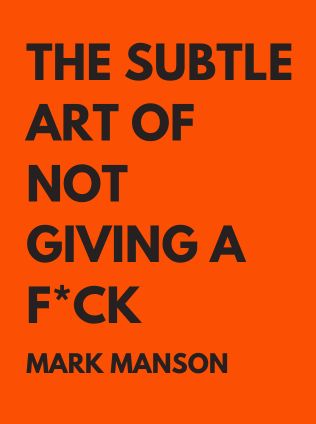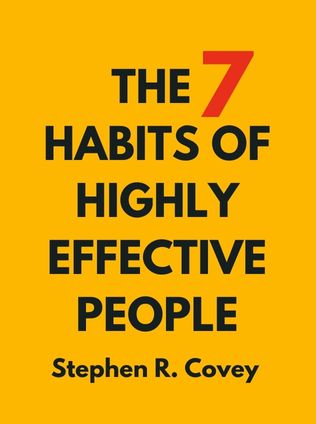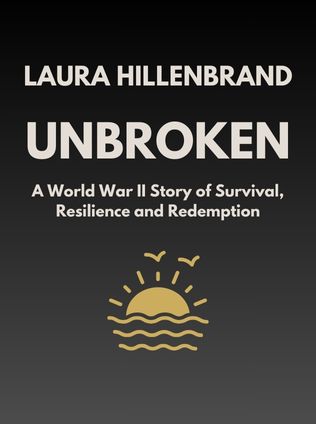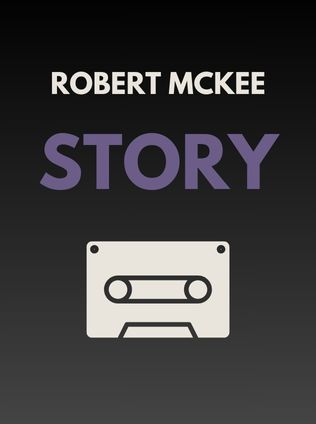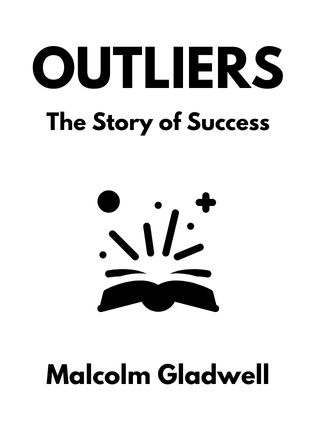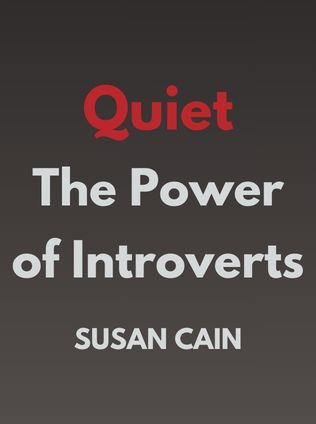
The 29-Hour Work Day
A High Performer’s Guide to Leveraging Your EA
By Ethan Bull,
Published 05/2022
About the Author
Ethan Bull and Stephanie Bull, the authors of "The 29-Hour Work Day: A High Performer’s Guide to Leveraging Your EA", bring a wealth of experience and insight into the realm of executive assistance. Ethan Bull, with a background in managing high-level executive support teams, has worked with some of the top executives in the industry. His understanding of the intricacies and challenges faced by executives is unparalleled. Stephanie Bull complements this expertise with her extensive experience in strategic operations and human resources, ensuring that their guidance is not only practical but also deeply rooted in real-world applications.
Together, the Bulls aim to bridge the gap between executives and their executive assistants (EAs), highlighting the immense potential that lies in a well-utilized EA. Their book is a testament to their commitment to redefining the executive-EA relationship, advocating for a more integrated and effective partnership.
Main Idea
The core premise of "The 29-Hour Work Day" is that executives can significantly enhance their productivity and efficiency by fully leveraging the capabilities of their executive assistants. The authors argue that most executives underutilize their EAs, not realizing the full spectrum of their talents and potential. By understanding and tapping into the 'superpowers' of EAs, executives can free up their time to focus on strategic, high-impact activities, effectively extending their day to 29 hours of productivity within a 24-hour framework.
Table of Contents
- Introduction
- Executive Assistant Superpowers
- Finding "The One"
- When You Have "The One"
- Training and Partnering With Your Executive Assistant
- Performance Multiplier #1: Business Partner
- Performance Multiplier #2: Chief of Staff
- Performance Multiplier #3: Project Manager
- Performance Multiplier #4: Assistant/Scheduler
- Performance Multiplier #5: Personal Assistant
- Conclusion
Introduction
The introduction sets the stage by highlighting the common challenges faced by executives: the overwhelming workload and the struggle to manage everything independently. The authors emphasize that hiring an executive assistant can be a game-changer, but only if the executive knows how to fully leverage the EA's abilities. They share anecdotes and statistics to illustrate the underutilization and undervaluation of EAs in many organizations.
"Whether you are the CEO of a large corporation or a former executive doing consulting or philanthropic work, it is impossible to manage and grow your business yourself." – Ethan Bull and Stephanie Bull
Executive Assistant Superpowers
The book identifies four key 'superpowers' that an effective EA brings to the table:
- ESP: This refers to the EA's ability to anticipate the needs of the executive, often before the executive is even aware of them. This skill is crucial for preempting issues and ensuring smooth operations.
- Synchronization: An EA adept at synchronization can harmonize the executive's schedule, aligning meetings, tasks, and deadlines in a way that maximizes efficiency and minimizes conflicts.
- Omniscience: This superpower involves the EA having a comprehensive understanding of the executive's world, from the business landscape to personal preferences, enabling them to provide support that is both strategic and personalized.
- Translation: An EA with this ability can effectively interpret and communicate the executive's vision and instructions to others, ensuring clarity and consistency across all interactions and tasks.
Each of these superpowers plays a vital role in enhancing the productivity and effectiveness of the executive. For instance, with ESP, the EA can foresee potential challenges and proactively address them, ensuring that the executive's time is not wasted on avoidable issues. Synchronization ensures that the executive's schedule is optimized for maximum efficiency, avoiding conflicts and ensuring that important tasks are prioritized. Omniscience allows the EA to provide tailored support that aligns with the executive's unique needs and preferences, while Translation ensures that the executive's vision is effectively communicated to the rest of the team.
Finding "The One"
Before finding the perfect EA, executives must first understand their own needs. The authors recommend using recruiters to screen candidates, though LinkedIn and other networks can also be effective. They stress the importance of looking beyond traditional skills to identify candidates with the right mix of dedication, adaptability, and foundational capacities.
Sign up for FREE and get access to 1,400+ books summaries.
You May Also Like
The Subtle Art of Not Giving a F*ck
A Counterintuitive Approach to Living a Good Life
By Mark MansonRich Dad Poor Dad
What the Rich Teach Their Kids About Money - That the Poor and Middle Class Do Not!
By Robert T. KiyosakiHow To Win Friends and Influence People
The All-Time Classic Manual Of People Skills
By Dale CarnegieQuiet: The Power of Introverts
The Power of Introverts in a World That Can't Stop Talking
By Susan Cain
